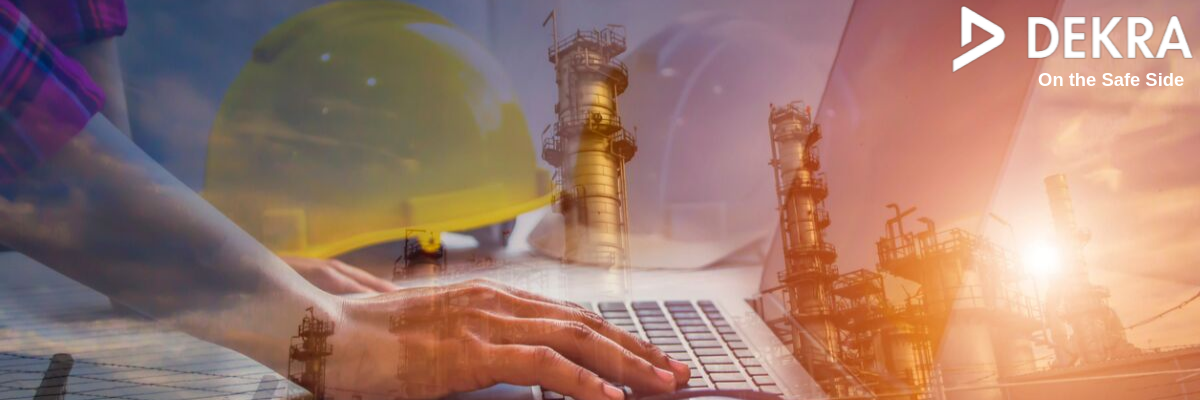Workplace hazards can be obvious as well as hidden, with immediate impact as well as delayed consequences. Workers can slip and fall in an instant or develop lung cancer from asbestos exposure over years. Recent neuroscience research has identified new hazards that come with the limitations of just being human. The way the human brain naturally works doesn’t always mesh well with processes that aren’t designed optimally. Real, identifiable latent conditions, if left uncontrolled, can and do result in injury, illness or organizational accidents.
We call these conditions Brain-Centered Hazards™:
Fast Brain Functioning – If you do something often enough, it becomes habit. Your brain does the job without thinking. The problem is that we can fail to notice exposures to harm or changes that may result in critical errors.
Visual Recognition – When we look, we don’t always see. Our brain directs our eyes on what to look at, what to watch out for, and how much detail to notice in a default “close enough” fashion. If you’re hungry, rushed, or otherwise distracted, you may additionally miss something.
Divided Attention – Computers can multi-task, but the best our brains can do is juggle between tasks, which can lead to missed information and error. We can only think about or focus on one thing at a time.
Memory – When we remember something, we reconstruct different pieces of it in a way that’s meaningful to us. When we operate on information that feels correct in the moment and rely on our own memories, we risk confusing information that we need. Sometimes important information has not truly ever been learned in the first place.
Social Think – Our innate need to go along with our group hinders us from approaching others. This can come from our internal feelings or through feedback from the group. Either way, we risk ignoring signs of exposure to injury when others are making risky decisions or working in an at-risk way
Fatigue – When our brains or bodies are fatigued our risk for error increases significantly. This is a risk for a worker on the factory floor and for the senior leader making key decisions that impact others, and in their drives home after long hours worked or poor-quality sleep.
Stress and Urgency – When we notice hints of urgency from others, we put pressure on ourselves to complete tasks. Our brains react as if we’re in “fight or flight” mode. This can cause us to make gut decisions incorrectly when we need to think clearly and work at a steady pace. More often ,we put pressure on ourselves to complete known tasks and don’t control for stress and urgency along the way.
Everyone is vulnerable to these hazards, created when work is not designed in alignment with human brain design. Organizations can reduce exposure to these hazards by:
• Enhancing existing process so that they become brain-aligned
• Creating and maintaining an aligned understanding on risk and exposure reduction to guide values-based decisions
• Increasing individual awareness of the wonderful design inherent within the brain, and what we can each do to additionally keep ourselves safe, aware, and deciding more correctly when it counts
The key is to understand our brains better and know how to detect and collectively control for these hazards before they cause a critical performance error leading to injury, operational upset, or catastrophe.
Want to learn more about how you and your teams can combat Brain-Centered HazardsTM? Join us at the Safety in Action® Conference in Nashville from March 25-27 where we have sessions dedicated to enhancing human performance reliability by mitigating Brain-Centered Hazards. Click here to learn more about the conference


